Gemmology can grasp the fascination of amateur hobbyists who trek to find semi-precious stones through to high-end jewellers who use cut and polished gemstones to produce exquisite jewellery. The beauty of gemstones lies not only in their depth of colour or sharpness of cut but also in their diversity. No two are identical and differences in their aesthetic qualities, properties and values mean they can attract consumers right across the wider jewellery market who are seeking different price points and styles.
A passion for all things gems is what drives the following businesses, whose owners live and breathe the beauty that is coloured gemstones.
A sense of home
Rodrigo Orozco grew up in Colombia but moved to Australia more than 15 years ago. When he settled in his new home, he wanted to run a business that showcased the beauty he saw in his homeland. Falling for the lustre of Colombian emeralds, Orozco commenced his import business Beryllos, which has found success in the decade since its inception.
“One of the best ways to share my love for my country is through emeralds. They [Colombian emeralds] are definitely some of the most iconic and best-quality emeralds in the world,” Orozco explains. “Every time I sell a gemstone, I’m not just selling an emerald; I am selling my love for my country so it is quite a patriotic business for me.”
All Beryllos emeralds are sourced directly from mines in Colombia where Orozco says the quality of the product is universally unparalleled. Fellow Colombian emerald merchant Paris Lee agrees.
“I believe they are the best emeralds in the world for quality, colour saturation consistency and clarity,” Lee says. “These emeralds are known for ‘the garden’ within the stone, which refers to their unique inclusions.”
Drawing on her love of homeland Australian gemstones, Lee also sources gemstones from her own mine.
“I am also an opal miner in Lightning Ridge with my own opal mine and claim,” she adds with pride. “I am able to supply Australia’s national gemstone and the best opal in the world direct from the mine to market.”
Lee and Orozco aren’t alone in celebrating the riches of their country’s gemstones. Working in the gem fields of North Queensland was Doug Menadue’s first taste of coloured gemstones when he chose to leave his long-term career in computer programming for something new. It’s no surprise that Menadue’s favourite gemstone – Australian sapphire – comes from that region.
“The Australian sapphire is just beautiful and rare. A lot of people know we’ve got opal but that’s about it; they don’t know that we’ve got sapphire,” he explains. “Australian sapphires are different to the more common cornflower-ish blue; they tend to be a bit darker as where they are formed is quite an iron-rich environment under the ground.”
At his business Bespoke Gems, Menadue does precision cutting of all types of gemstones but he particularly loves cutting Australian sapphires. Their depth of colour appears best in a round brilliant, he says.
“They are a bit dark so fancy cuts can be lost on them,” Menadue explains. “Fancy cuts are good for lighter stones like aquamarines, garnets and tourmalines while, for Aussie sapphires, it’s a bit of a case of simpler is better.”
Ikecho Pearls is another company that appreciates Australia’s hidden treasures. In addition to pearls, the group has looked inland to source opals in the past year.
Director Erica Madsen did not have to search far to find a reputable source; her father, Erik Madsen has been mining for 40 years, most recently in Lightning Ridge, and he was more than happy to share his expertise.
“I source my boulder opal from Dad’s mines in Queensland and Lightning Ridge. He has the largest range of opals in Australia so I have a lot of variety to choose from,” Madsen says, also noting the value of the gemstone in terms of its consistency and lack of depreciation.
“A solid Australian opal can be a great long-term investment and will never go down in value or deteriorate. They are a very unique gemstone, almost all opal displays some form of pattern, and you will never find two opals that are the same.”
Generations of gemstones
Family businesses have proven to be the backbone of Australian gemstone suppliers across both mining and merchant sectors. Coolamon Mine has been yielding sapphires since 1989. Jenny and Jim Elliot were one of three families who were contracted with the Queensland government in 1984 to mine sapphires from a road reserve between Rubyvale and Sapphire.
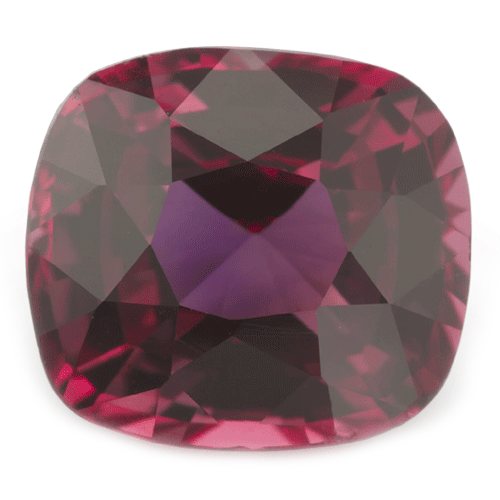 |
| Above: O’Neils Affiliated |
“Jim was the engineer in charge of the road construction at that time but he became bitten by the sapphire bug. As they say, the rest is history,” Jenny says, explaining that initially the consortium reformed as Coolamon Mining to sell only rough blue sapphire to Thai dealers. It wasn’t until 2000 that the couple recognised the benefit of having the gemstones cut to sell onshore.
“We deplored the fact that when they went offshore and they lost their identity, and our best sapphires were sold as ‘product of Sri Lanka, Cambodia, Thailand’ or somewhere else to disguise their actual source,” Elliot recalls. “It has taken a long time to convince Australian jewellers that our sapphires are of highest quality and that many of the colours are unique to this particular area of the world.”
Brendan McCreesh is a second-generation owner of his family business, O’Neils Affiliated. His mother commenced operations of the gemstone trader in the 1970s and McCreesh says he is “privileged to be part of the industry.”
O’Neils trades in all gemstones but McCreesh says its almost impossible to pick a favourite species.
“Seeing a variety of breathtaking gemstones on my travels, you could say my favourite can change from day to day, but if pressed it would come down to a close race between a fine Burmese ruby, a red spinel and a neon blue-green tourmaline,” he says. “Once exposed to the diversity, individuality and endless beauty of the world of coloured stones, consumers are very often eager to learn more. It can be addictive.”
Another family-owned and operated gemstone business is K&K Export Import, which is run by Katherine Kovacs alongside her father, Charles, who established the business 50 years ago after moving to Australia.
“In the early days, my father dealt exclusively in opal before branching out into natural coloured gems in the early 70s, running the business here as well as having branches in Asia and Europe. We still do a fair amount of export to Asia, but these days the majority of our client base is at home here in Australia and tends to be manufacturers and designers,” Katherine says.
A passion for gemstones has passed through the generations and K & K continues to supply a wide variety of gems and coloured diamonds to the Australian market.
“The Australian market is very discerning in their gemstone tastes, which means we sometimes go through hundreds of carats to select stones with the right colour, cut and price. The other consideration is to find one-of-a-kind gems, a gem that might have an unusual colour or cut, something that I know I may never see again,” Kovacs says.
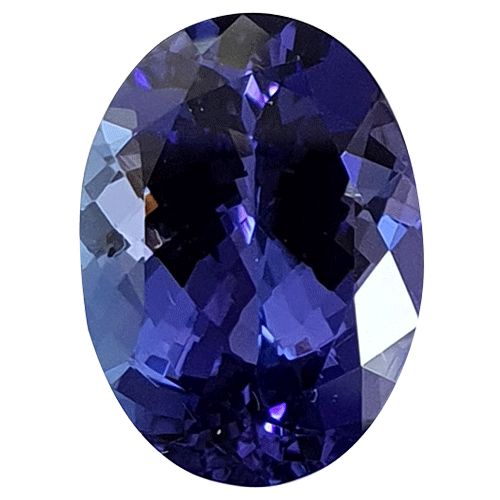 | 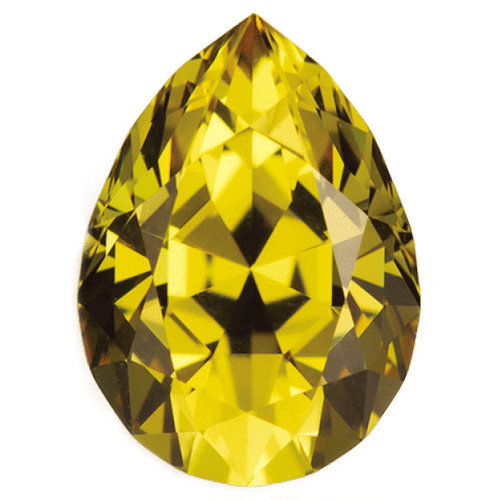 |  |
Above: K&K Export Import | Above: Coolamon Sapphires | Above: Natures Gemstones |
Diverse opportunities
In Melbourne, Wolski’s has a reputation as a trusted gemstone importer of sapphires, rubies, emeralds and aquamarines. Owner Witold Wolski has been in the business for 39 years and says that it is easy to appreciate gemstones for their sheer beauty; however, marketing trends must be taken into account.
“It is most important to have a feel for what will sell and buy accordingly. It is pointless to purchase a colour and quality in a gem that is popular in Vietnam, for instance, if my client base is in Australia,” he explains, “I import some semiprecious stones if I feel that there is a wholesale demand for them.”
Given the diversity of his gemstones on offer, Wolski enjoys the opportunity to travel internationally to source his gemstones.
“There is a lot of overlap in quality between mines and some countries so that it is impossible to say that I import exclusively from a particular country or mine. I travel around the world to major wholesale trading centres because that it where the prices are most competitive if you know the market,” he says.
Lee has used a similar business model to ensure the sustainability of Nature’s Gemstones. Aside from offering a variety of Colombian emerald, Lee also imports ruby, tanzanite, aquamarine, morganite and tourmaline. Depending on colour trends, Lee selected emeralds from different provinces, which display different colours, offering diversity to attract different consumers.
“Demand varies greatly with regards to colour interpretation and I select the blue and greens from Muzo and yellow/greens from the Chivor regions. They are supplied from the ethically-responsible miners and merchants with the best reputation for quality and cut,” she explains.
Madsen found that demand for doublets in Ikecho Pearls’ opal collection was dwindling and chose to move away from the product.
“Opal doublets are a thin section of either precious or crystal opal, glued to a glass, potch or tourmaline backing but, with no crystal cap to cover the opal, doublets only consist of the two layers,” she explains. “We started with high-quality, good-colour doublet opal from Lightning Ridge but have had feedback that customers prefer to sell a solid opal. We will now specialise in this area.”
Reaching full potential
Some treatments and techniques can add to the brilliance of a gemstone but the industry can be divided on what is ethical. Australian gemstone companies generally have their own policies on what is and isn’t acceptable where gem treatments are concerned. Coolamon Sapphires, for example, chooses to heat-treat its Central Queensland, blue and green sapphires to eradicate “sleepy or silky” appearances after faceting.
“This phenomenon is eliminated by replicating the natural formation and heating the stone to a temperature high enough to drive off or re-absorb the rutile, thus clearing the stone and making it brighter,” Elliot says. “It may brighten the colour but it does not change it, as is done by the rather controversial chemical modification by the addition of beryllium to the furnace. The Central Queensland blue and some greens are nearly always silky and will need treating but our beautiful yellow stones and most of our parti-colour stones almost never do.”
Nature’s Gemstones Colombian emeralds are no-oil gemstones, meaning they aren’t oiled with natural cedar oil to fill the surface.
“Ninety per cent of the world’s emeralds are oiled and it is a practice that is accepted within the trade,” Lee says. “Oil treatment optically improves the overall clarity and colour of the emerald. All treated gemstones must be disclosed as such. No-oil emeralds are quite rare and therefore are quality investment pieces.”
Menadue works hard to give gemstones optimal sparkle through his precision-cut process. He says in the early days he sourced many of his stones to sell to jewellers. Nowadays, much of his work is fixing poorly-cut gemstones from commercial gem cutters.
“The biggest problem is windows in the stones. The aim of the commercial cutter is to cut as heavy a stone as possible from the piece of rough. For them it’s not about cutting the most beautiful, brilliant or shiny stone; it’s purely about weight and it’s a commodity,” Menadue says of commercial cutters.
“When you show people a commercially-cut stone side by side with a precision-cut stone, they instantly see the difference. It’s like chalk and cheese. There’s beauty in a well-cut stone; it’s full of life when it’s cut to the right angle.”
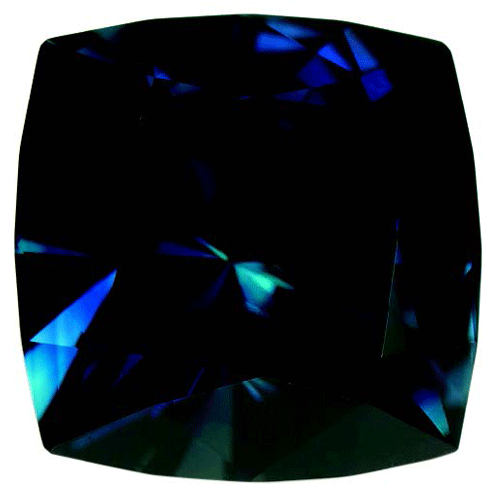 | 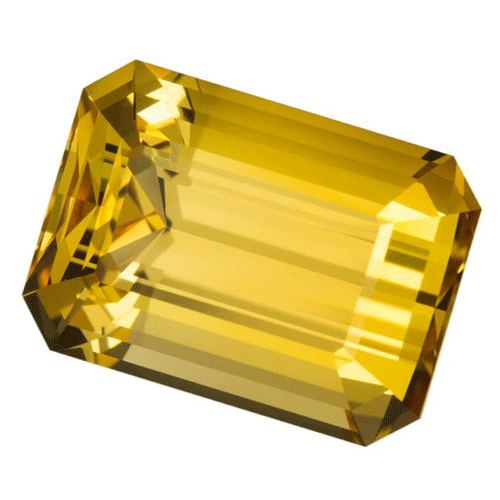 |  |
Above: Coolamon Sapphires | Above: Bespoke Gems | Above: Beryllos |
To know is to sell
Orozco believes “Australians have an appetite for emeralds”; however, consumers sometimes avoid the gemstone given its lack of hardness.
“Consumers need to be made more aware of emeralds. People have a lot of concerns for them and tend to think it is fragile stone that will easily break. It’s not like a diamond where you wear it every day but it is sturdy enough if you care for it,” he explains. “The reason emeralds are often weaker is due to the inclusions – when they have inclusions they are weaker. That’s why I bring in quality material with quality inclusions so that customers can gain trust in emeralds.”
McCreesh believes the category is an excellent way to increase profit margins outside of the “competitive” diamond industry and education about the sector is paramount.
“It’s essential that retail sales staff have an understanding of the basics, the more knowledge, the more sales, of that there is absolutely no doubt,” he says. “We have produced a colour poster packed with information for this exact purpose; it informs and enlightens people to options and possibilities they would probably not arrive at on their own.”
Kovacs says there are some consumers who still have misconceptions about the industry and she is passionate about education as a means to counter this, drawing on her extensive experience with the Gemmological Association of Australia (GAA) where has she sat on various state and federal committees for more than 15 years. .
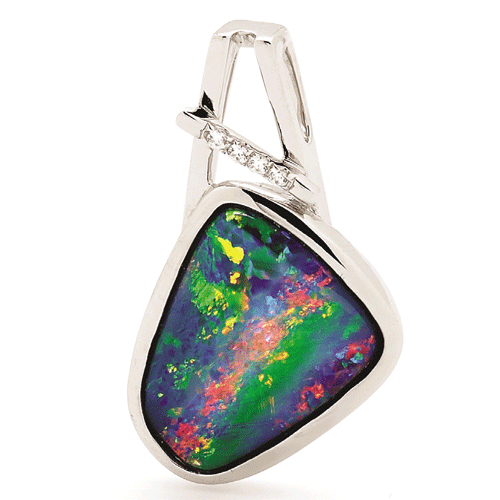 |
| Above: Ikecho Pearls |
“Many, if not most, end consumers are researching on the internet before they purchase. If your client knows more than you do about your product, they will lose faith and respect for you. That goes for gem importers and retailers,” she says.
“Almost every day we have clients trying to source a gemstone or diamond that their client has seen on the internet. There are many times when the stone they’re trying to match is a one-of-a-kind, and we have to explain that we can’t always replicate Mother Nature, although we always try to find something that is at least similar, she says.
Parti-colour sapphires have recently become the drawcard among consumers who are happy to wear less-traditional gemstone colours, as Elliot has experienced at Coolamon.
“Gaining some traction for these stones on the jewellery market in Australia has been an interesting process, however, as our jewellers and their customers initially didn’t understand them well and tended to ask for the impossible. Now, the brilliant parti-colour sapphires are highly desired in their own right as they are unmistakably genuine, natural products,” Elliot says.
Menadue is one such cutter who has made remarkable pieces with Coolamon sapphires and says he is pleased to see jewellers commissioning more unusual cuts in a wider variety of gemstones.
“Everyone’s on their smartphone and on Instagram and they’re seeing a lot more creativity out there. Right across the board, colourful, wonderful things are happening out there, and I think people are starting to switch onto that and they’re getting more adventurous,” he acknowledges. “The jewellers who use my stones are doing their own thing. They’re open to new ideas in terms of coloured stones and design.”
Kovacs senior, Charles says in his 50 years in the gemstone industry he has seen great change in the sector, but clients’ passion for gemstones has remained steadfast.
“We are fortunate to have relationships with suppliers and clients that in some cases stretch back multiple decades; they’ve become like family to us! But we are also equally excited to work with and encourage younger designers,” he says.
It seems that the sector is as diverse and fascinating as the gemstones it sells.